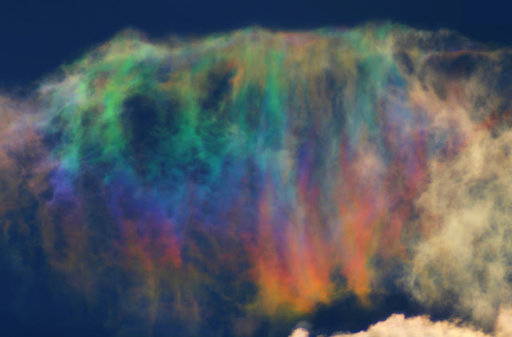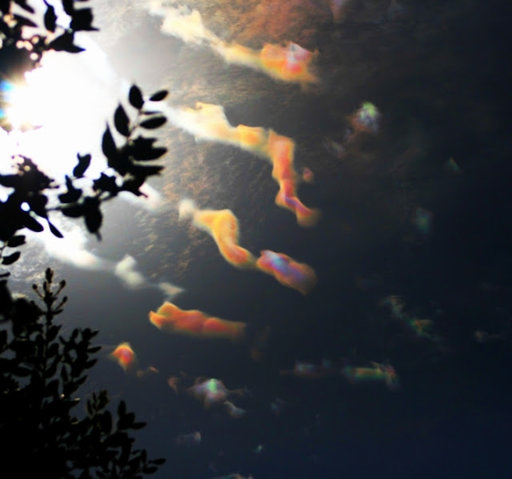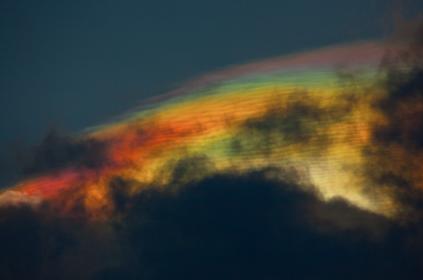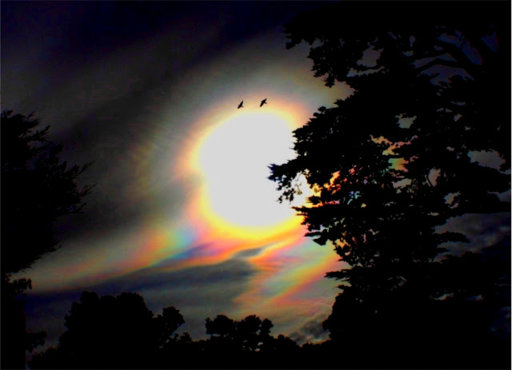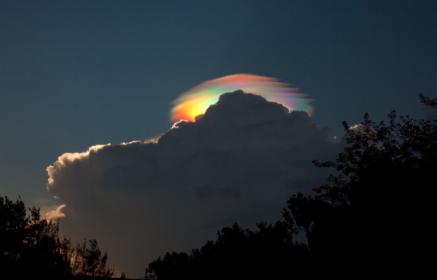Pete Tar
Senior Member.
Hi, I was interested in what the opinion is on 'earthquake clouds'?
http://www.google.com.au/search?q=e...atCeW1iQf7h-XUCw&ved=0CCkQsAQ&biw=702&bih=530
http://www.thelivingmoon.com/43ancients/02files/Cloud_Images_Earthquake_01.html
Is there a definite correlation between the phenomenon and a result (earthquakes), or are they just unusual symmetrical weather systems which are noticed because of the way they look, and then connected with a later earthquake?
(BTW, does the word 'correlation' always imply a direct cause effect relationship, or just two things which can be grouped together but aren't neccessarily related?)
Do they appear at times when there is no corresponding earthquake?
They seem to be relatively well-documented,
http://earthquakecloud.wordpress.com/2007/11/03/earthquake-clouds-14/
and the majority of sites collecting and analysing them don't seem to be trying to make a connection to HAARP or earthquake inducing technology.
But some are.
http://www.davidjayjordan.com/HAARPCloudsbeforeEarthquakes.html
I can't really understand the following, but it seems to be an alternative but scientific theory to explain them. I don't have the head for detail needed to understand or follow it, can any one give me the idiot's version?
http://www.terraresearch.net/articles/earthquakeclouds_article1_file.html
My own thoughts are that there actually may be a very real phenomenon related to earthquake stress somehow influencing the atmosphere, and it has been reported throughout history, long before HAARP. But I don't know if the linking of the two events is justified, or understand why earth-stress would result in 'sun dog' type phenomena, or symmetrical cloud forms.
I'd appreciate any thoughts, thanks.
http://www.google.com.au/search?q=e...atCeW1iQf7h-XUCw&ved=0CCkQsAQ&biw=702&bih=530
http://www.thelivingmoon.com/43ancients/02files/Cloud_Images_Earthquake_01.html
Is there a definite correlation between the phenomenon and a result (earthquakes), or are they just unusual symmetrical weather systems which are noticed because of the way they look, and then connected with a later earthquake?
(BTW, does the word 'correlation' always imply a direct cause effect relationship, or just two things which can be grouped together but aren't neccessarily related?)
Do they appear at times when there is no corresponding earthquake?
They seem to be relatively well-documented,
http://earthquakecloud.wordpress.com/2007/11/03/earthquake-clouds-14/
and the majority of sites collecting and analysing them don't seem to be trying to make a connection to HAARP or earthquake inducing technology.
But some are.
http://www.davidjayjordan.com/HAARPCloudsbeforeEarthquakes.html
I can't really understand the following, but it seems to be an alternative but scientific theory to explain them. I don't have the head for detail needed to understand or follow it, can any one give me the idiot's version?
http://www.terraresearch.net/articles/earthquakeclouds_article1_file.html
My own thoughts are that there actually may be a very real phenomenon related to earthquake stress somehow influencing the atmosphere, and it has been reported throughout history, long before HAARP. But I don't know if the linking of the two events is justified, or understand why earth-stress would result in 'sun dog' type phenomena, or symmetrical cloud forms.
I'd appreciate any thoughts, thanks.

